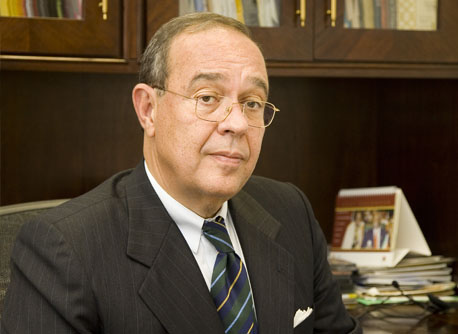A) Mostly a political agenda;
B) Lack of co-ordination with private initiative;
C) Devised partly as a result of the frustrations arising of the Uruguay Round of the Gatt;A) Signed in 1991;
B) Objectives:
i) Free circulation of capital, goods, services and people;
ii) The creation of a common external tariff and trade policy;
iii) The co-ordination of macro-economic policies.A) Macro-economic fragility in the main member-states;
B) Exchange controls in Brazil;
C) Currency board in Argentina;
D) Argentina´s high economic price for the half-hearted acceptance of Brazil´s political regional leadership;
E) Economic distortions and induced diversion of investments;
D) Lack of a credible system of dispute resolution.A) Regional trade went from US$ 5 Billion in 1991 to US$ 10 Billion IN 1993, US$ 14 Billion in 1995, US$ 20 Billion in 1997 and again in 1998;
B) Note that 59% of internal trade is of agricultural commodities and products, sugar excluded;
C) Note that 50% of Argentina´s exports of manufactured goods were sent to Brazil, leveraged by the over valuation of the Brazilian currency by the Real plan;
D) Note that 35% of Argentina´s exports were directed to Brazil;
E) The establishment of a common external tariff, albeit with many exceptions, such as the automotive sector, information technology, sugar, etc.A) The foundering of the Real plan and the devaluation of the Brazilian currency;
B) The Argentine reaction and Resolution 911, which established quotas for imports applied to all trade partners, including Brazil;
C) The Brazilian counter-reaction, the loss of diplomatic dialogue, the burden on diplomatic relations caused by the inadequacies of the dispute resolution system;
D) Sectors affected: milk; shoes; steel; poultry; pigs; automobiles; paper and pulp; textile; sugar; capital goods;
E) Managed trade substituted free trade;A) New administration in Argentina will facilitate diplomatic dialogue, without major changes in policy;
B) Member-states will agree to disagree;
C) The political agenda for Mercosul will persist;
D) The success of free trade, and of the block, will depend on the macro-economic conditions prevalent in Brazil;
E) Whilst no major success is achieved internally in Brazil, Mercosul will not be subject to pro-active changes and will remain an exercise of managed trade within a context of basic political good-will;
F) The possible consequences of a failure of multilateral liberalisation within the WTO after the collapse of the Seattle ministerial conference;.
G) Latin American countries, as developing countries in general, are disheartened with the rhetoric of free trade of the WTO, as they are the great losers of the system. Growth for the region was 1% in the 80s and 3% in the 90s, well below the 6% necessary to reduce poverty and social inequalities, according to the World Bank. Examples of frustrations with the WTO and trade with the USA (Steel , sugar, orange juice, shoes, textiles, services); and
H) The FTAA initiative is seem with reservations in several countries, not least by Brazil, in view of fast track authority and idiosyncratic system of hierarchy of laws, which puts federal municipal law above international treaties. Forthcoming presidential elections in the USA will prevent progress in the near future.

Lawyer admitted in Brazil, England and Wales and Portugal. GATT and WTO panelist. Brazilian government ad-hoc representative for the Uruguay Round of the GATT. Post-graduation professor of the law of international trade.


